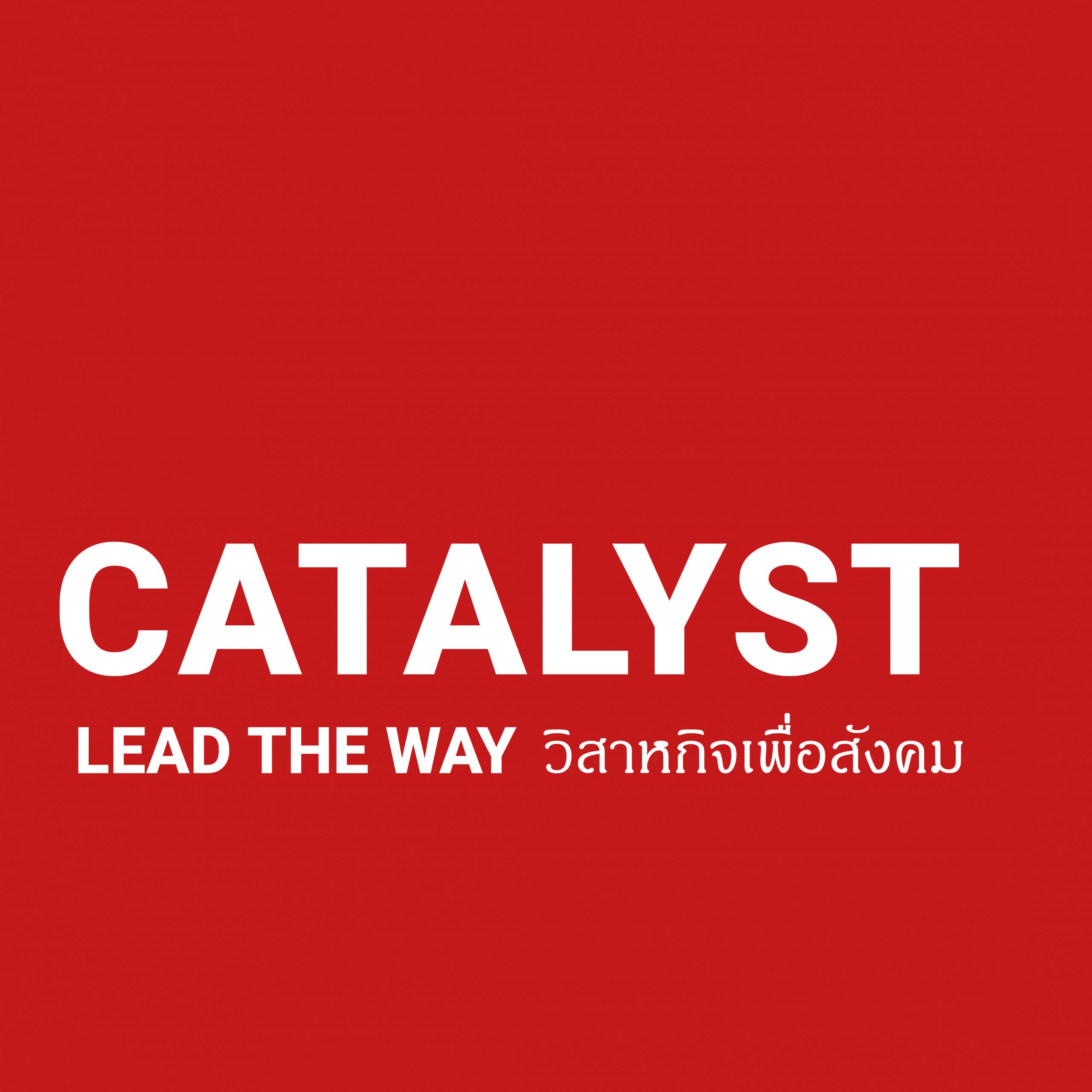ทำไมต้องไข่ไก่ไร้กรง?

การเลือกบริโภคไข่ไก่ไร้กรงกำลังกลายเป็นทางเลือกยอดนิยมของผู้คนที่ใส่ใจสุขภาพและสิ่งแวดล้อมทั่วโลก ซึ่งไข่ที่เลี้ยงนอกกรงนับเป็นการเพิ่มปริมาณกรดไขมันโอเมก้า 3, วิตามินอี และเบต้าแคโรทีนที่มีประโยชน์สูงกว่าไข่ทั่วไป ทำให้เป็นตัวเลือกที่ดีต่อการรักษาสุขภาพที่ดีของผู้บริโภคทั่วไป
การวิจัยต่างๆ พบว่า การบริโภคไข่ไก่ไร้กรงช่วยลดความเสี่ยงต่อการติดเชื้อซาลโมเนลลาได้เนื่องจากมีความเสี่ยงน้อยกว่าในการผลิตไข่แบบทั่วไปที่ใช้กรงแบตเตอรี่ในการเลี้ยงไก่ไข่อย่างส่วนใหญ่
นอกจากนี้ ระบบการผลิตไข่ไก่ไร้กรงยังมีผลต่อสิ่งแวดล้อมโดยทั่วไปมีการใช้พลังงานน้อยกว่าและปล่อยก๊าซเรือนกระจกน้อยกว่าในกระบวนการผลิต โดยเฉพาะในระบบที่ใช้แหล่งพลังงานหมุนเวียนและมีกลยุทธ์การจัดการขยะอย่างมีประสิทธิภาพ
ในแง่ของการผลิตสัตว์ในฟาร์มเชิงอุตสาหกรรม (IFAP) การใช้ระบบนี้เป็นที่ยอมรับอย่างกว้างขวาง โดยมีการยุติการใช้กรงแบบแห้งแล้งในหลายประเทศของสหภาพยุโรป (EU) เพื่อลดผลกระทบต่อสิ่งแวดล้อมและพัฒนาสุขภาพของไก่ไข่และผู้บริโภคทั่วไป
ในปีนี้ มีการเปิดตัวการสำรวจเชื้อซาลโมเนลลาทั่วสหภาพยุโรปโดยเก็บตัวอย่างมากกว่า 30,000 ตัวอย่างจากหน่วยงานมากกว่า 5,000 แห่ง อย่างไรก็ตาม ข้อมูลนี้ยังคงเป็นที่ยอมรับในการเปรียบเทียบความเสี่ยงในการติดเชื้อซาลโมเนลลาระหว่างระบบโรงเรือนไก่ไข่ต่างๆ
การเลือกบริโภคไข่ไก่ไร้กรงไม่เพียงแต่ให้ประโยชน์ทางโภชนาการที่ดีกว่า แต่ยังช่วยลดผลกระทบต่อสิ่งแวดล้อมและลดความเสี่ยงต่อสุขภาพจากเชื้อซาลโมเนลลาได้อีกด้วย เป็นทางเลือกที่ยั่งยืนและมีประสิทธิภาพสำหรับผู้บริโภคที่ใส่ใจสุขภาพและสิ่งแวดล้อม
Why Choose Cage-Free Eggs?
Cage-free eggs are known for their superior nutritional value compared to conventional eggs. Studies have demonstrated that cage-free eggs typically contain higher levels of omega-3 fatty acids, vitamin E, and beta-carotene. These nutrients are essential for maintaining good health and can contribute to a balanced diet while also reducing environmental impact.
Opting for cage-free eggs can also benefit the environment. Generally, cage-free systems require less energy and produce fewer greenhouse gases compared to traditional egg production. Additionally, these systems often prioritize sustainable practices, such as using renewable energy sources and implementing waste management strategies. It is noteworthy that cage systems significantly increase the risk of Salmonella contamination in commercial egg production in the United States.
Approximately 95% of egg-laying hens are confined in battery cages, which are small wire enclosures providing each hen with only about 430 square centimeters (67 square inches) of space, less than the size of a sheet of letter-sized paper. These cages are arranged in rows and stacked in tiers, typically 4-8 levels high. Each cage holds 5-10 hens, and hundreds of thousands of hens may be confined in a single building. In developing countries, more producers are adopting intensive industrial farm animal production (IFAP) systems, which now account for about two-thirds of global egg and poultry production.
This year, all 27 countries in the European Union (EU) are phasing out the use of these barren cages. To study the public health impact of this move, an EU-wide Salmonella survey was launched, collecting over 30,000 samples from more than 5,000 operations across 24 countries. This data represents the best available comparison of Salmonella infection risks among different egg-laying hen housing systems.
